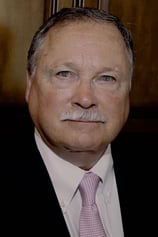 This is a fascinating story of how using a cap rate allowed us to value and sell a foreclosed golf course, and it helped my private investors avoid a loss and actually make a profit.
This is a fascinating story of how using a cap rate allowed us to value and sell a foreclosed golf course, and it helped my private investors avoid a loss and actually make a profit.
There are three methods of valuing income property - the cost approach, the sales comparison approach, and the income capitalization approach. When the appraiser has arrived at a value using each approach, he then has to reconcile these three valuations to arrive at his final conclusion.

It is important to note that the appraiser must not just average the three results. Instead, the appraiser should choose the most reliable approach to value and then temper that conclusion with the results of the two other approaches.
Now when valuing a fairly standard property type, like an apartment building, appraisers tend to rely the most heavily on the sales comparison approach. For how much have other apartment buildings in the area sold?
Since there are bazillions of apartment buildings, the valuation process is generally straight forward. How much did nearby apartment buildings sell for per door? (Fancy CREF way of saying "per unit.") What was their gross rent multiplier?

The real income in commercial real estate finance is in servicing
fees. Work every day to build your loan servicing portfolio!
The cost approach is the valuation method least often used, mainly because it is too much work for appraiser. Too often the appraiser just weenies out of using the cost approach, citing the bull stuff excuse that it is too difficult to "estimate depreciation."
But now the tale gets juicy... and dark.
About four years ago, Blackburne & Sons made a $2.75 million loan on a gorgeous golf course in an affluent suburb of Chicago, a golf course course with a replacement cost of $13.2 million (according to the county). Unfortunately the borrowers defaulted, and we foreclosed.
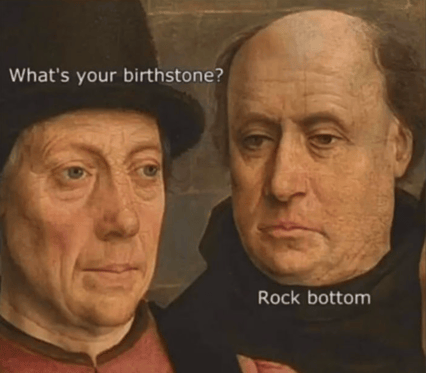
At first, the real estate brokers were telling us that our golf course was almost worthless. Several thousand golf courses had already come back in foreclosure nationwide over the past decade, as Tiger Woods self-destructed and the sport waned in popularity.
"This golf course sold for just $2 million," the real estate brokers would tell us "This other one sold for only $1.5 million - about the value of Midwest farmland."
But wait a moment, we reasoned. Those golf courses were all losing money. They had lost money for a decade. Our golf course was actually profitable. (Our borrower had simply been over-leveraged.)
Those foreclosed golf courses were also located in inconvenient, middle-income areas. The folks living in the surrounding neighborhoods of those foreclosed golf courses were mostly blue-collar folks who didn't make nearly enough money to join a golf club.

Far more importantly, however, the "sales comps" were all sales where the seller had a gun to his head. Think back to the movie, The Godfather. That movie producer did NOT want to to cast Jonny Fontaine (Frank Sinatra) in his movie... until he woke up to find the head of his beloved horse under the sheets of his bed.
Folks, you cannot use as a sales comparable a sale where the seller was just 48 hours from foreclosure. Part of the definition of fair market value is the proviso that ... "neither the buyer nor the seller was under undue pressure."
Okay, so we can't use foreclosure sales, REO sales, and sales on the cusp of foreclosure as sales comparable's. These sellers were all under undue pressure.

But what do we do when very few profitable golf courses have sold in the preceding three years? There were simply no un-pressured sales to use as comp's.
This is when I personally stepped in and started marketing the golf course based on the income approach. "Buy this Course and Earn a Whopping 9.75% Cap Rate!" You will recall that a cap rate is just the return on his money that a buyer would earn if he paid all cash for an income property (allowing for about 3% of Effective Gross Income to replace the roof and the HVAC units as they got tired).
Holy moly! The course sold for $3.2 million within just 10 days of marketing. Prior to that, our idiot real estate broker was telling us that we had to sell this trophy golf course for just $1.6 million. The real estate broker was a moron to rely entirely on the sales comparison approach to value.

I personally hope the deal falls through because the net profit to our golf club just keeps skyrocketing. If we had waited just six more months, I am convinced that we could have sold the course for $4.8 million.
The lesson to be learned today is that the sales comparison approach is NOT the only way to value real estate. People buy income properties for the income they generate.
By the way, I begged the buyer to allow me to buy part of the course based on that paltry $3.2 million purchase price. I suspect that he laughed at me. Clever boy.


















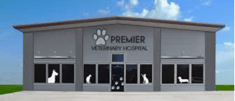 This may be the most instructive training article that I have written in several years, so I strongly encourage you to study it. (Note: This is NOT the subject vet clinic.)
This may be the most instructive training article that I have written in several years, so I strongly encourage you to study it. (Note: This is NOT the subject vet clinic.)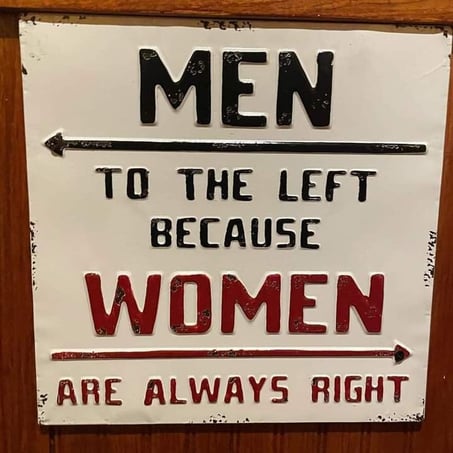


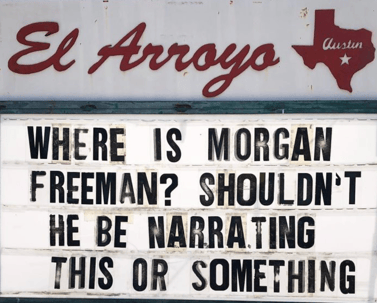




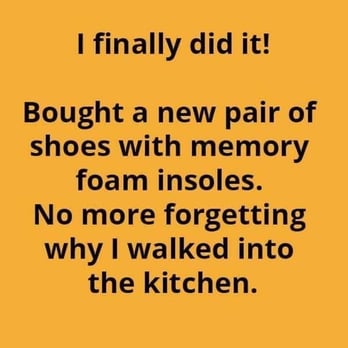

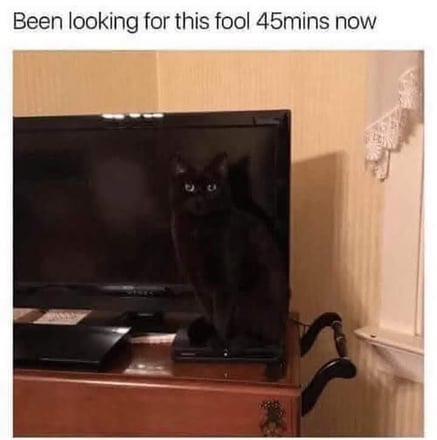
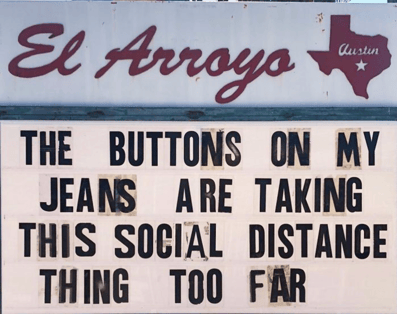

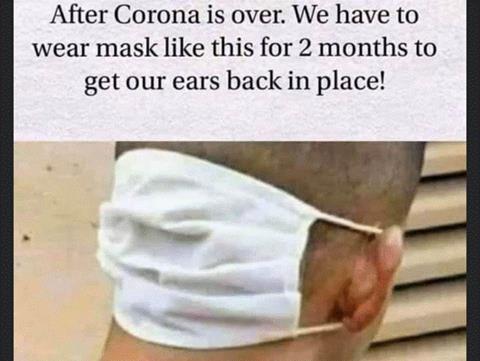



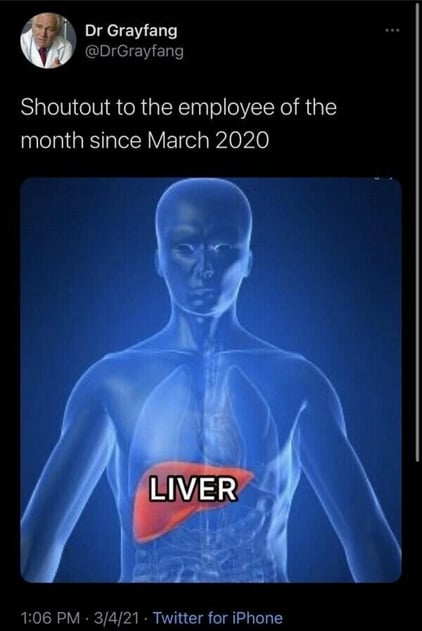
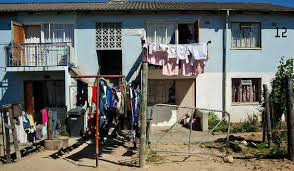 The other day I received an email flyer from a commercial broker trying to sell an apartment building. The commercial broker boasted that this potential investment offered a whopping cap rate of 14%. The first thought that passed through my head was that this property was almost certainly in a war zone.
The other day I received an email flyer from a commercial broker trying to sell an apartment building. The commercial broker boasted that this potential investment offered a whopping cap rate of 14%. The first thought that passed through my head was that this property was almost certainly in a war zone.

 Today I am going to share with you an easy way to quickly estimate the value of a commercial property. It's going to involve a tiny bit of math, but please don't freak out or tune out. You remember how to divide, right? Fourth grade math? You can handle it. And being able to quickly value commercial property is essential to both commercial brokerage and commercial mortgage banking.
Today I am going to share with you an easy way to quickly estimate the value of a commercial property. It's going to involve a tiny bit of math, but please don't freak out or tune out. You remember how to divide, right? Fourth grade math? You can handle it. And being able to quickly value commercial property is essential to both commercial brokerage and commercial mortgage banking.




 Not every investor will be satisfied with the same Cap Rate. Let's go back to the above example, and now let's assume that a wealthy business owner is leasing one of the six office suites in the building. In addition to partially-occupying the building, this wealthy business owner lives just five minutes away. He likes the short commute, and he fears that he might someday be forced to move. When he hears that the office building has been listed for sale and that an offer to buy the property has already been made, the wealthy business owner submits a competing offer for $740,000.
Not every investor will be satisfied with the same Cap Rate. Let's go back to the above example, and now let's assume that a wealthy business owner is leasing one of the six office suites in the building. In addition to partially-occupying the building, this wealthy business owner lives just five minutes away. He likes the short commute, and he fears that he might someday be forced to move. When he hears that the office building has been listed for sale and that an offer to buy the property has already been made, the wealthy business owner submits a competing offer for $740,000.

